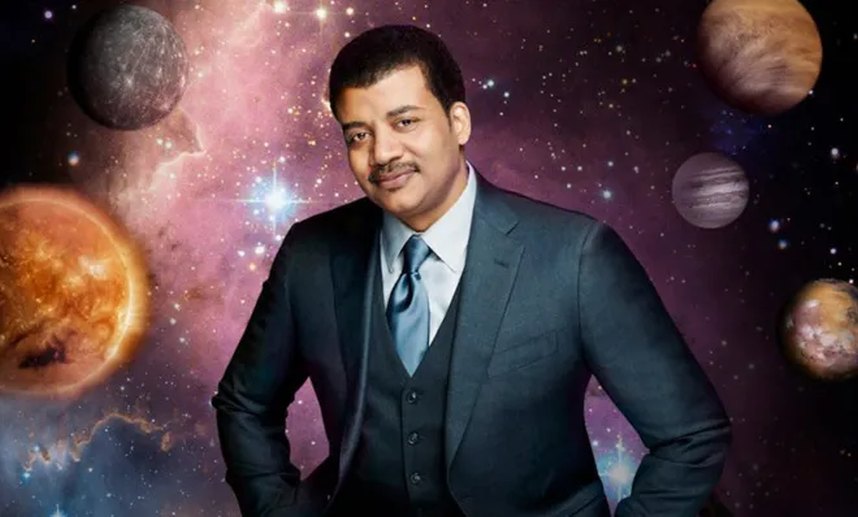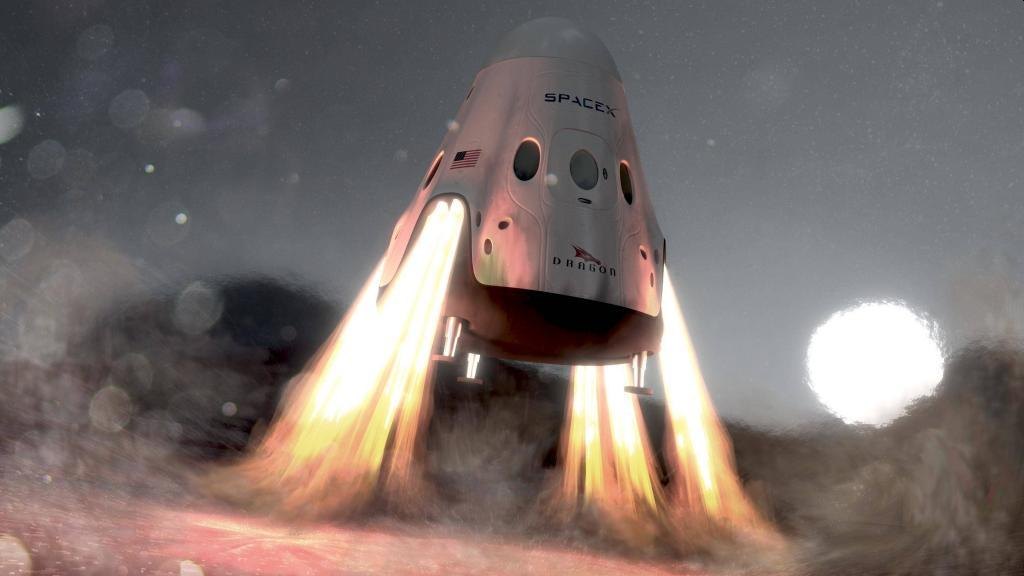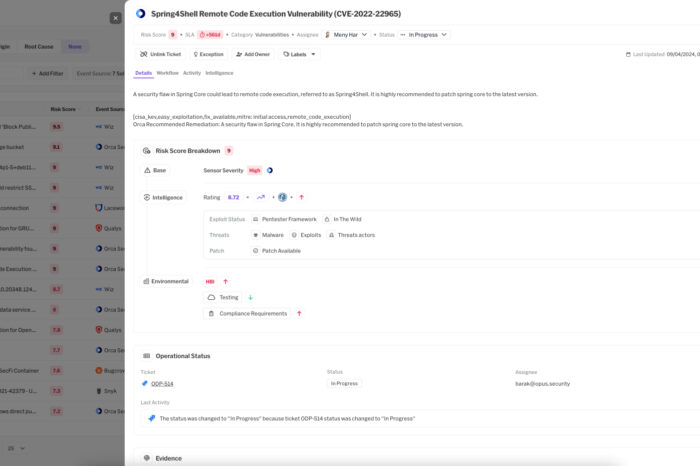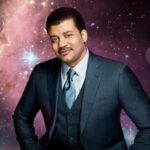Why Neil deGrasse Tyson is wrong: Scientist explains why SpaceX’s achievements surpass NASA’s

Neil deGrasse Tyson recently sparked a debate with his claim that Elon Musk hasn’t done anything that NASA hasn’t already accomplished. Tyson, an astrophysicist known for making science accessible, seemed to imply that Musk’s achievements with SpaceX were simply retreads of what NASA had already pioneered. But not everyone agrees with that take.
In a video clip posted on X, Dr. Tyson said that Elon Musk’s SpaceX “hasn’t done anything that NASA hasn’t already done” and doubts that “his new ventures have commercial support, [and] commercial value.”
NASA has not done supersonic retropropulsion to land a booster. I remember being in a meeting at NASA where one of the agency’s top experts on supersonic retropropulsion was saying they weren’t sure it could be stable. Now SpaceX does it routinely. So there’s that. https://t.co/wfbJ6gcbYW
— Dr. Phil Metzger (@DrPhiltill) September 10, 2024
However, Dr. Philip Metzger, a planetary physicist who recently retired from NASA’s Kennedy Space Center and current Director of the Stephen W. Hawking Center for Microgravity Research & Education at the University of Central Florida, has a different view. Metzger, who helped establish NASA’s Swamp Works—a lab focused on innovative space tech—offered a quick rebuttal, pointing out that Musk’s SpaceX has tackled challenges that NASA itself had left on the drawing board.
His research focuses on advancing our understanding of solar system exploration, including how rocket exhaust interacts with extraterrestrial soils, the mechanics of these soils, creating accurate lunar and Martian soil simulants, and modeling the movement of volatile materials on airless celestial bodies.
NASA Has Not Done Supersonic Retropropulsion to Land a Booster

Take supersonic retropropulsion, for example, this mouthful of a term involves using rocket engines to slow down a vehicle moving at supersonic speeds or speed of sound. It’s a crucial technique for landing on planets like Mars, where the thin atmosphere can’t fully slow down a spacecraft with parachutes alone, but still demands some aerodynamic braking to ensure a safe landing. While NASA explored the concept, there were doubts about whether it could be effective in real-world scenarios. SpaceX, however, has turned it into a routine part of their operations.
In response to Tyson, Dr. Metzger pointed out that NASA has never used supersonic retropropulsion to land a booster, a feat that SpaceX now performs routinely.
“NASA has not done supersonic retropropulsion to land a booster. I remember being in a meeting at NASA where one of the agency’s top experts on supersonic retropropulsion was saying they weren’t sure it could be stable. Now SpaceX does it routinely. So there’s that,” Metzger recalls. Yet, SpaceX has made it look almost routine.
SpaceX developed and successfully employed this technique to bring its Falcon 9 boosters safely back to Earth—something NASA has never done. By routinely landing and reusing rockets, SpaceX slashed the cost of space travel and set new standards for the industry. Musk’s company has transformed what was once considered a long shot into a dependable part of its operations.
So, while NASA remains a cornerstone of space exploration and research, the reality is that SpaceX has been blazing new trails. It’s not about one-upmanship but about innovation and pushing the envelope further than many thought possible. SpaceX has not only followed NASA’s lead but has also stepped into areas NASA hadn’t ventured, proving that there’s still much more to achieve in space exploration.
Tyson’s comment overlooks these advances. SpaceX isn’t just playing catch-up; it’s rethinking how space exploration can be done, tackling challenges NASA considered too risky or complex. In the end, both NASA and SpaceX are driving humanity’s reach into space, but it’s clear that Musk’s vision has added a new chapter to the story—one that NASA hadn’t yet written.
NASA’s Role in Supersonic Retropropulsion

NASA Supersonic Retropropulsion Simulation





